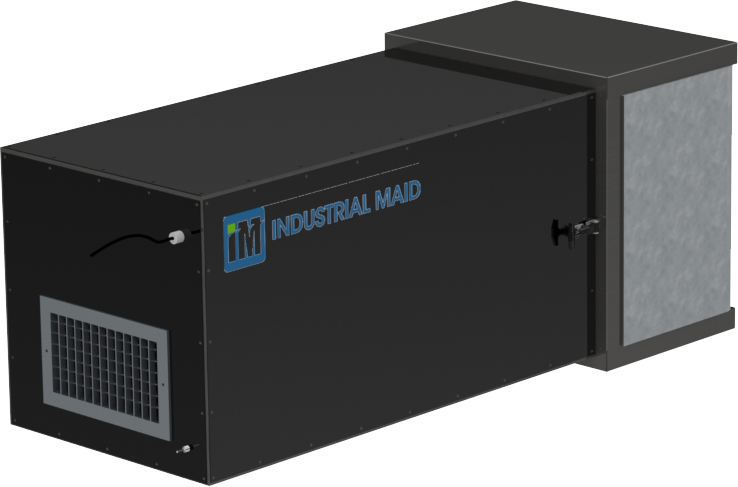Properly Ventilating Grow Houses
Cannabis, as part of its nature, produced compounds that play a huge role in its effectiveness. The struggle being this process produces aromas and odors of all kinds. This has led to restrictions on how shop owners handle odors, especially if the grow house resides in an urban area or neighborhood. In some cases growers are restricted from releasing any odors outdoors, which causes complications and requires creative solutions for the growers since ventilation is the optimal way growers handle heat and humidity. If grow houses get too hot or humid, the risk for molds and pests increases tremendously.
This means a proper and cost-effective odor-control method with sufficient cooling and air circulation is quickly becoming a focus for most growers.
Carbon air filters have been a popular solution for growers, but filters must be change regularly, and depending on the size of the grow house, the amount of carbon air filters needed can quickly become extremely high. The number of units needed combined with the continuous maintenance can make this an expensive solution for medium to large grow houses.
Industrial air filters are making their way into this market due to the flexibility of solution and the lower daily maintenance required to keep them running correctly. And, the complexity of industrial air filters allows for control of air quality, odor and small and large particle collection.
Sealed greenhouses are an effective way to contain gases, fumes and particles in an enclosed area to meet regulations on releasing fumes to the outside world. However, the containment of these chemicals causes a higher risk to the growers due to long-term exposure. Many growers who go this route also use a type of air ventilation system within the greenhouse.
Odor Neutralizers are similar to home or car air fresheners in that they mask the odor as opposed to eliminating it. However, there are gel products entering the market that can absorb the odors but they cannot be used in the grow room as the plants will absorb the smell of the product—so they require adjacent rooms to the grow house to capture the odors outside the greenhouse but before they escape to the outside.
Ozone generators have been used by growers but are extremely dangerous due to the toxicity to the plant and the growers. Some still use this approach but in small quantities and secure an air filtration system to ensure the gases don’t get too high. There is a higher amount of risk with this solution than others, but it is still an option some growers choose to undertake.
Whatever solution you choose as a grower, the important thing to note is air filtration and ventilation is a critical step in the process. If you’re considering the best solution for your grow house, reach out to us, we would love to help.
Properly Ventilating a Cannabis Growing Space
While dust is something we are all very used to—it can also be dangerous, particularly if you are exposed to large amounts day after day. Typical professions that encounter risks from dust exposure include construction or woodworking shops, agriculture and farming shops, bakeries and mills, machine shops, body shops, and mining and quarry outfits.
The most common risks encountered by dust are health-related, but there is also a risk of explosion or combustion from dust released into the air instantaneously. Dust can form in larger pieces or smaller ones—invisible to the naked eye, which raises the risk of combustion from particle interaction.
Dust illnesses include; eye, nose, and skin irritation, asthma, silicosis, asbestosis, mesothelioma, and lung cancer. The scary part of dust exposure is it can take years to see the effects or for a person to develop any symptoms.
The government has instituted many regulations and restrictions on minimizing the amount of dust in the air. These restrictions typically require not only proper clothing and respirators, if needed, but air filtration or ventilation systems to be compliant—of course, this largely depends on the business and amount of dust-producing processes completed daily.
Rather than take a chance with any dry dust hazards, put the appropriate precautions in place to contain, minimize, and eliminate the risk—for you and your employees.
Learn more about combustible dust hazards by reading OSHA’s Fact Sheet.



